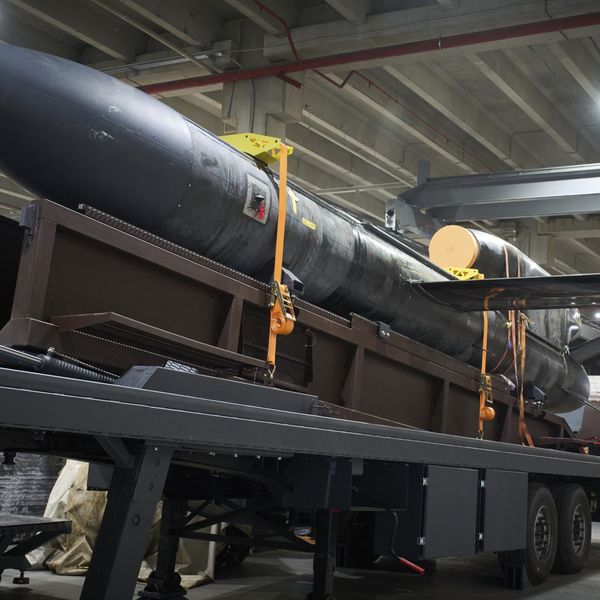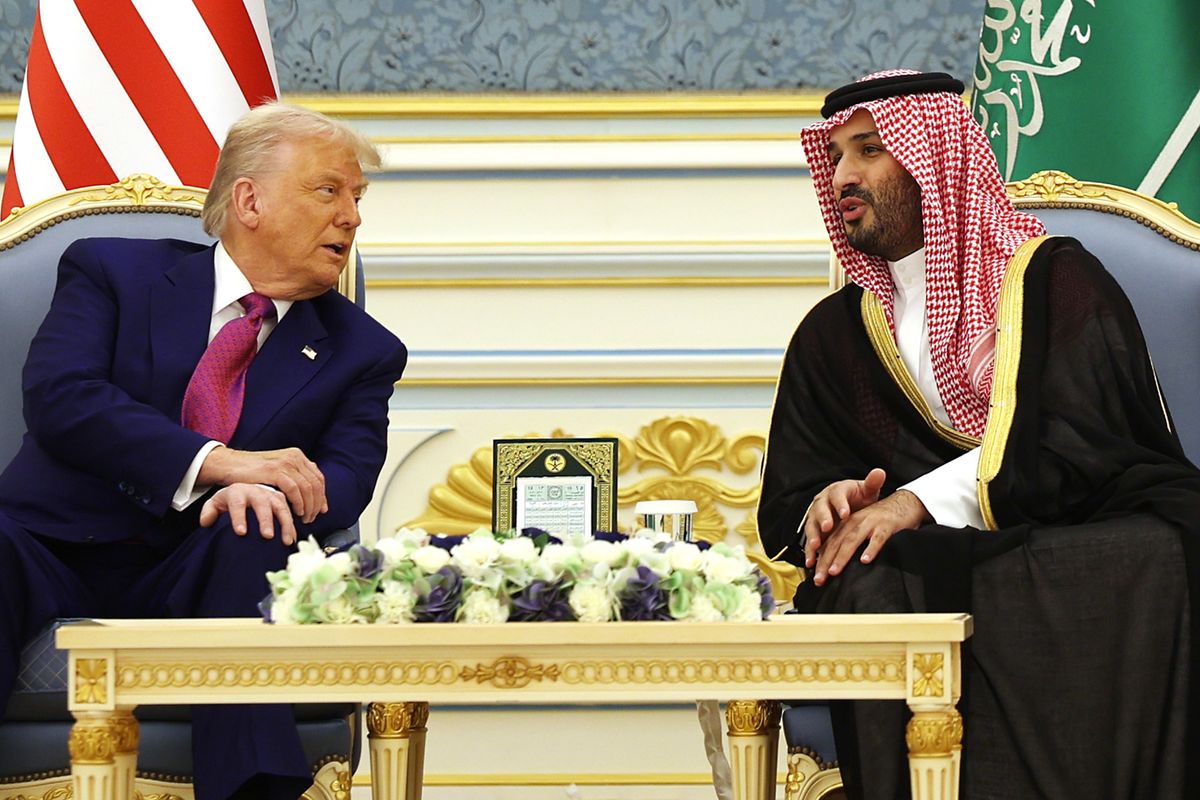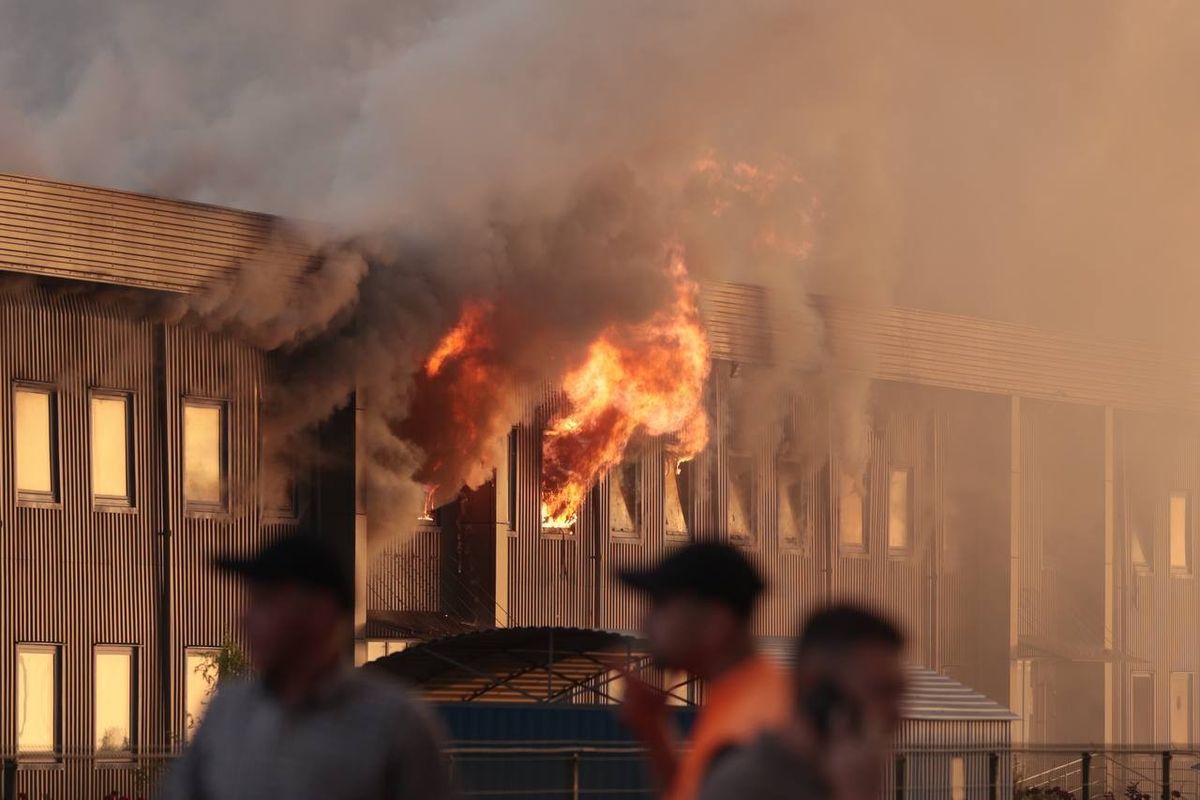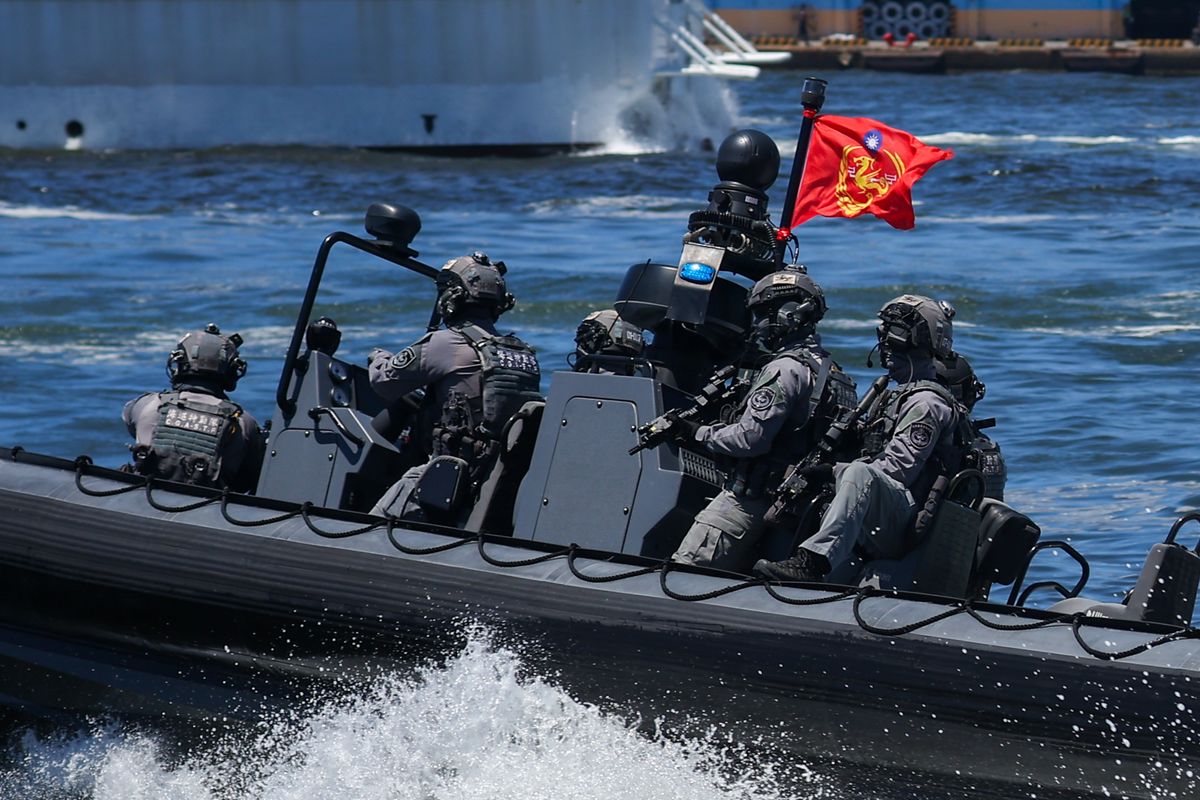OPINION — I recently had the opportunity to speak at a communications conference and during the Q&A period, I was asked which tech trend concerned me the most. While there are several, advances in drone technology, coupled with AI, is what I spoke about.
In the 2016-2017 timeframe, ISIS in the Levant began using a new tactic on the battlefield. They started modifying DJI drones (and other similar type drones) to carry a small explosive similar to a 40 mm grenade, and then hovering over a concentration of troops and releasing the explosive, using a very rudimentary aiming system. Sometimes the explosive landed near, or in and amongst, the concentration of troops, causing casualties or creating a “near miss”. Over the course of 2019-2021 we would see this TTP migrate to Afghanistan and be adopted by the Taliban, specifically by the Haqqani network.
The capability by itself was not decisive on those battlefields, but it had a psychological effect on the forces on the ground. It signaled that we also could be attacked from above and needed to pay attention and figure out how to defend ourselves from observation and attack from a new direction. Even at the time, we knew we were on the “front end” of a technology that was going to play a role in how we organized for the future and would have national security implications.
Here are a couple of thoughts - not intended to be political, nor discussing the current geo-political tensions - for those that trend that direction.
1. First, the technology is moving faster than most realize and if you look at most of the solutions, we are on the wrong end of the “economic bell curve”.
2. The Iranian attack on April 13-14 using missiles and drones was effectively countered, but at a cost. It’s worth understanding the cost and ability to reconstitute the capability.
3. A recent Wall Street Journal article highlighted that U.S. drone companies had not been overly successful with drones used in the Ukraine-Russia conflict, as new and agile TTPs are being developed almost daily. Cost and effectiveness in the EW environment were the general themes in this article.
4. On January 28, we tragically lost three U.S. service members to a drone attack against their Forward Operating Base at Al Tanf, Jordan. To the best of my knowledge, this is the first time the U.S. lost service members to an adversarial air aerial attack dating back to the Korean War. When we look back, I believe we’ll see this as a very basic attack, but we still must have a counter.
5. Drone attacks will become even more sophisticated, complex, and done on “the cheap” when considering the costs of defense.
It's not just for the President anymore. Are you getting your daily national security briefing? Subscriber+Members have exclusive access to the Open Source Collection Daily Brief, keeping you up to date on global events impacting national security. It pays to be a Subscriber+Member.
Today there are ample lessons from different conflicts that indicate that change is an imperative. Drone technology, coupled with Artificial Intelligence, is here to stay and it is not static.
We won’t be able to rely on old ways of doing business.
Read more expert-driven national security insights, perspective and analysis in The Cipher Brief because National Security is Everyone’s Business.













